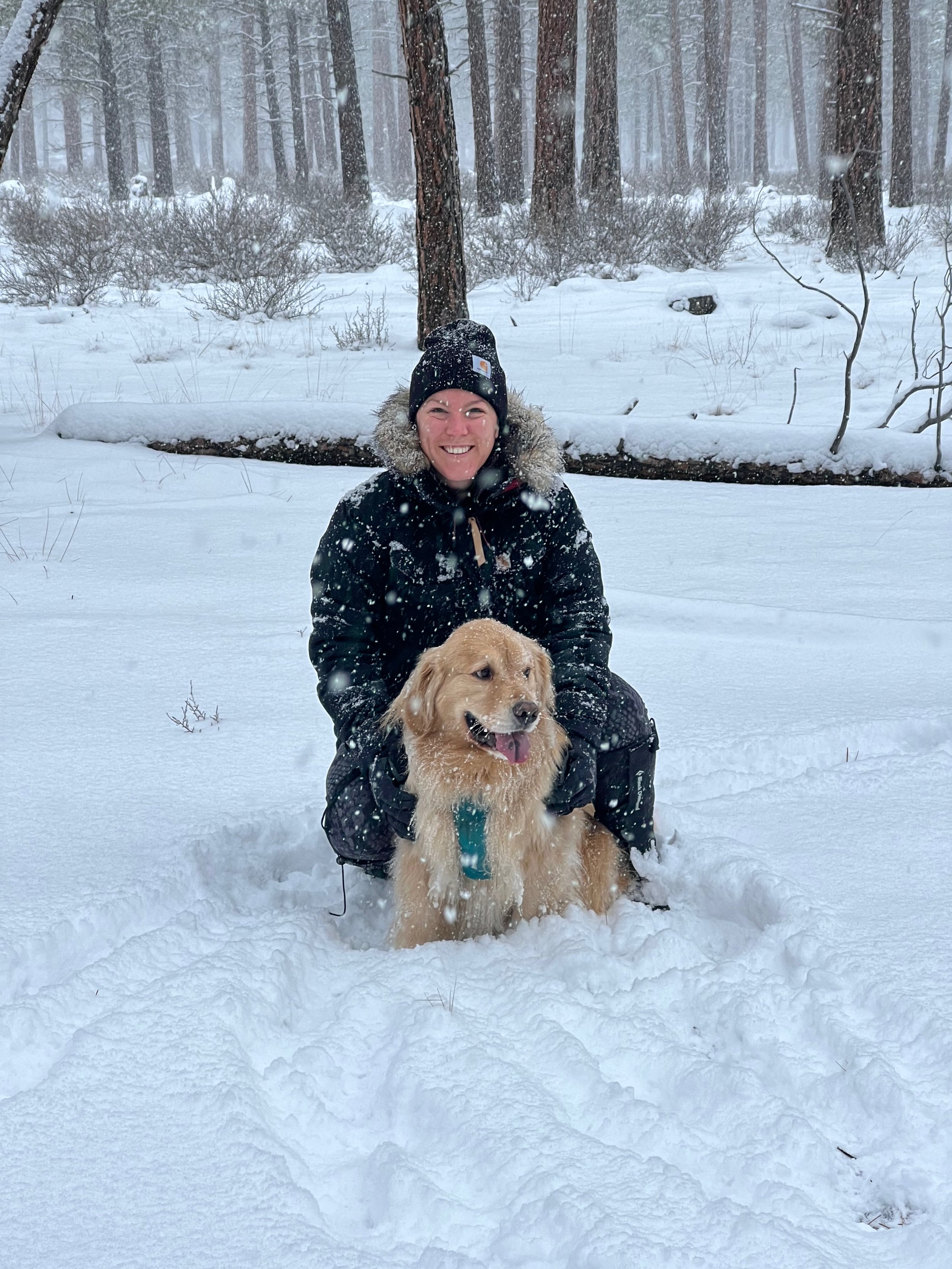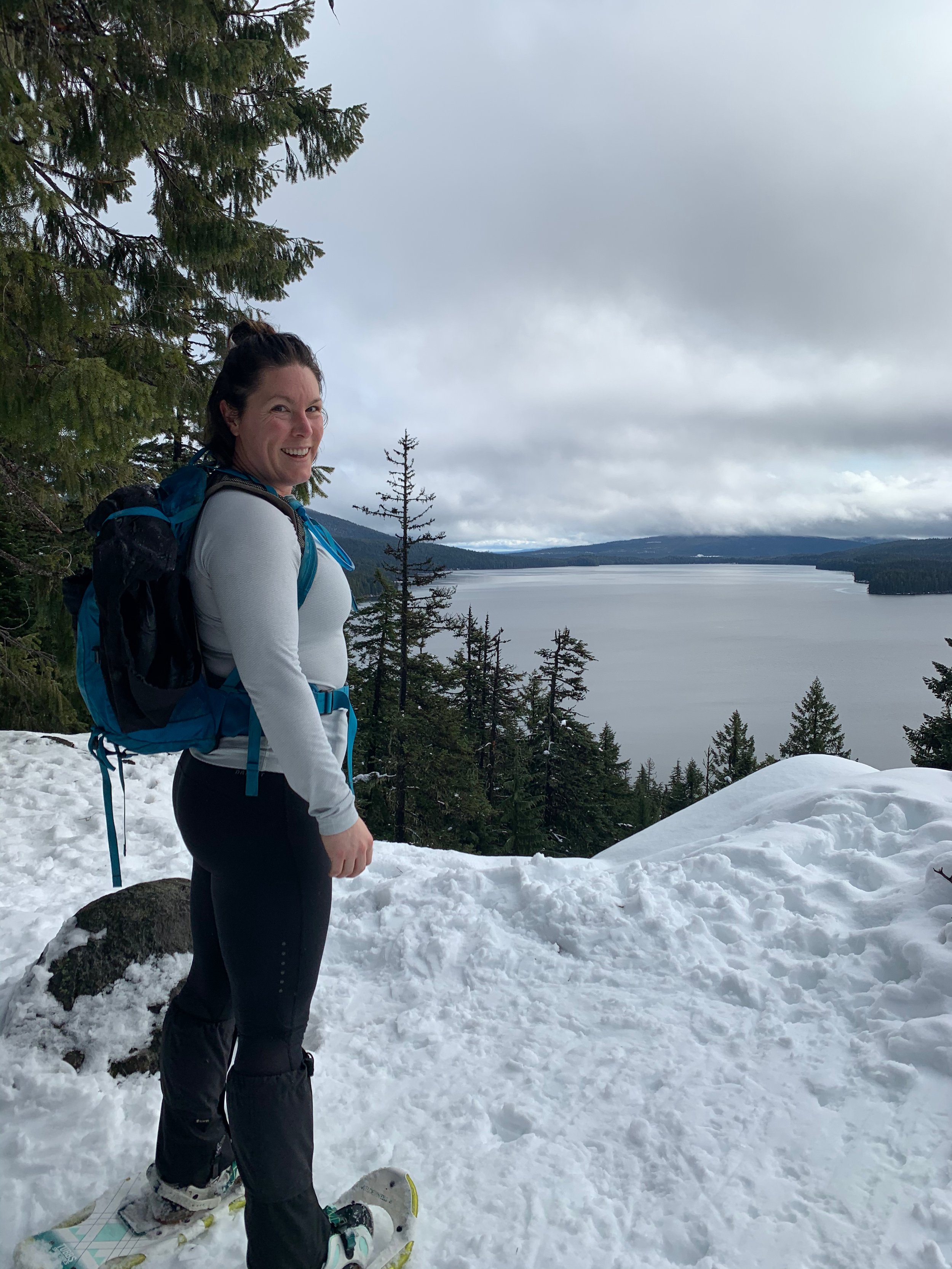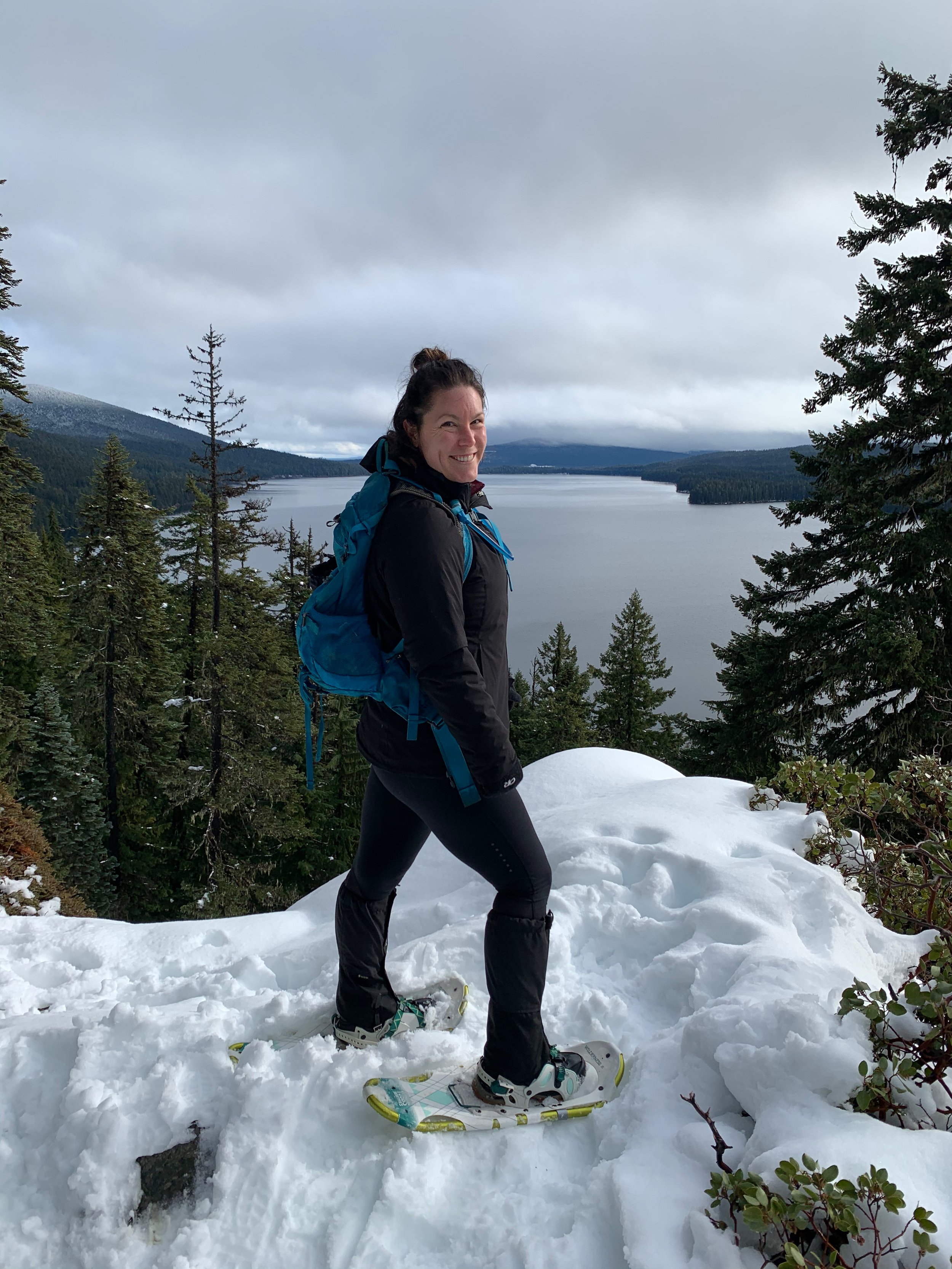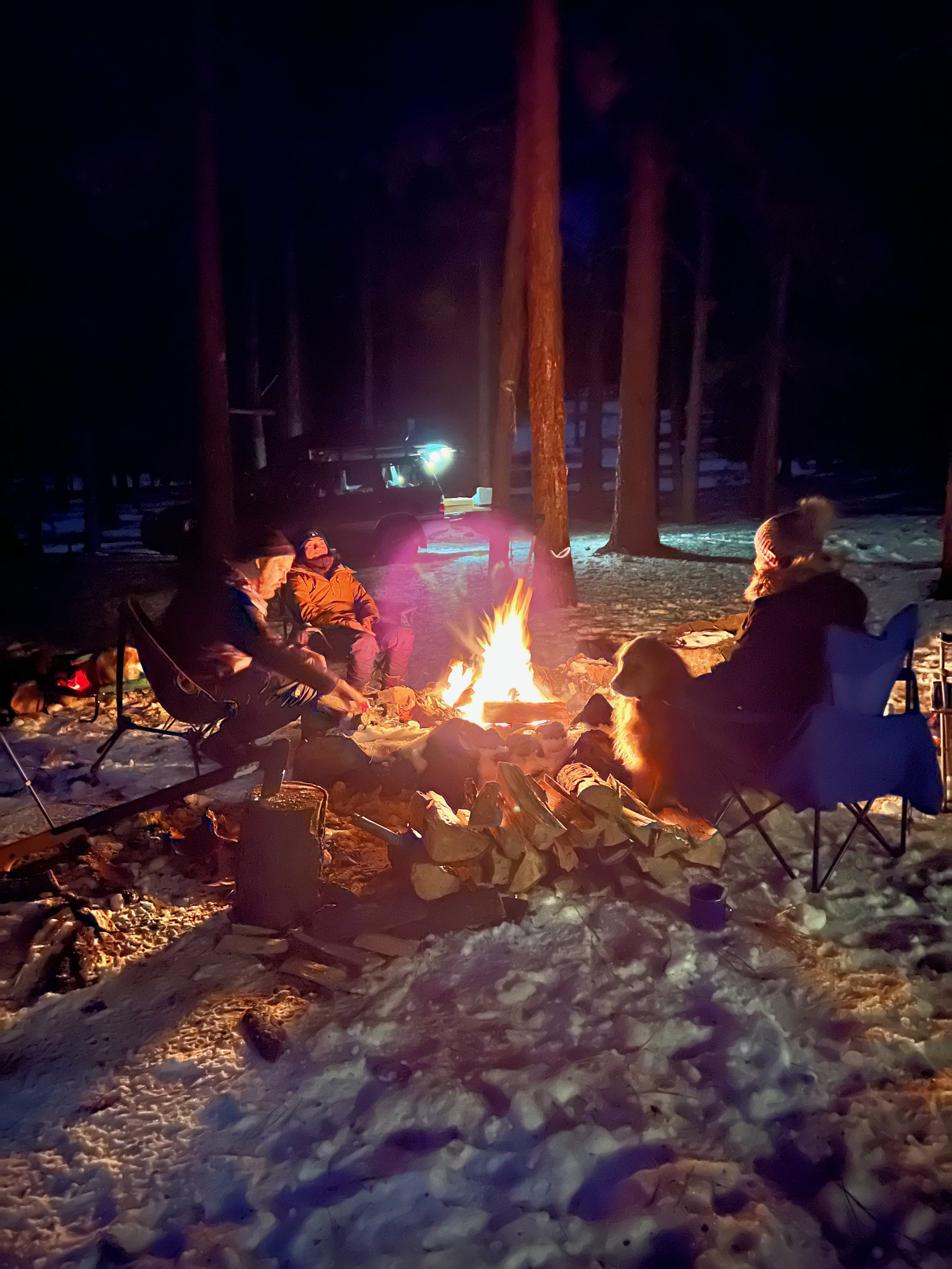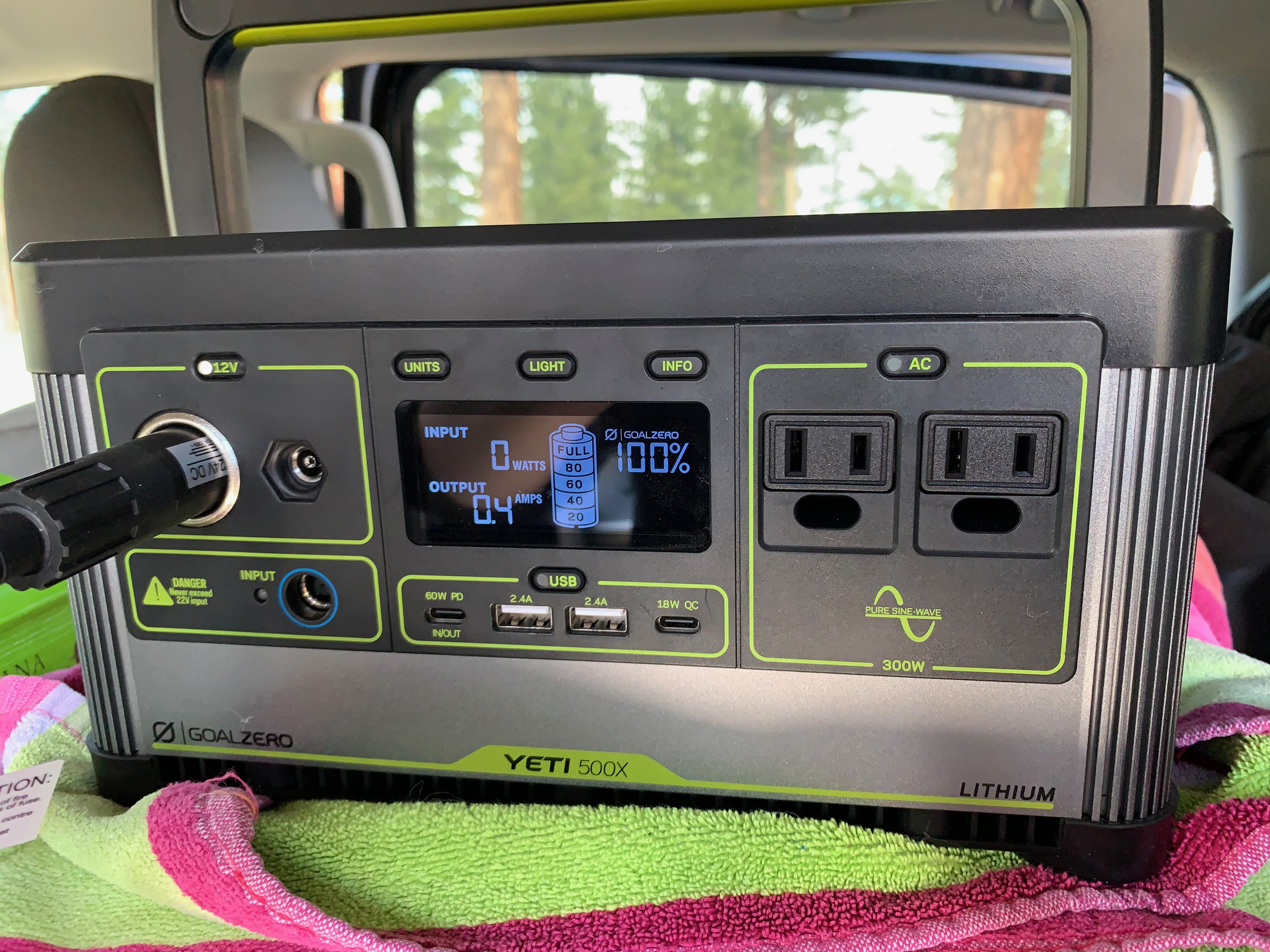How Not to Freeze while snow camping
Our bodies are hardwired to seek shelter when the days get shorter. Overriding this natural inclination to cozy up in a hobbit hole with copious quantities of hot tea (or bourbon) is not easy, but the rewards are huge. Winter camping can be a ton of fun, public lands are far less crowded and snowy landscapes provide a kind of beauty that just hits differently. The key to overcoming the fear that keeps us from those experiences is preparation. With a positive attitude, appropriate gear and a game plan to stay warm you can easily turn camping into an activity that is enjoyable all year round.
Editor’s note: We originally published this article on Califoregonia.com, edits have been made based on our more recent snow camping experiences. Some of the links below are affiliate links that help to pay for our future adventures and content creation. We only link to products that we believe in.
Avoiding Heat Loss — Pick the Right Clothing
The single most important factor for staying comfortable while winter camping is not losing the heat that your body generates naturally. During the day this means wearing clothing that is appropriately insulating. There are countless articles online about this already, so we won’t dive into it too deeply, but here are a few basic tips that we have discovered from personal experience.
Layering is important
But simply throwing more clothes on doesn’t always help! You need to make sure that you have the right combination of layers (base, mid, insulating, outer-shell etc.) and that they each fit/work together. For example, an outer shell that is too tight might actually decrease the warming capability of your insulating layer. When you shop for winter clothing make sure to bring the layers that you already own with you and test each size as a part of a larger system.
Your hiking gear might not cut it
Before getting into snow camping we were very active with snowshoeing and hiking through the winter, which lead us to believe that we had the right gear for the cold. Nope! Camping involves way more downtime than hiking. You will be sitting around a lot, generating less body heat, and therefore need more insulation. It also gets significantly colder at night, so you will likely need additional layers, or higher quality warm layers, when the sun goes down.
One huge difference between hiking/backpacking and car camping in the winter is that packability is not an issue. Most of the puffy jackets that you find from major outdoor brands are optimized to fit in a pack, but may not offer the best potential for insulation. Heavy duty parkas like the Nuuk from Fjallraven really shine when car camping because their weight and bulk don’t really matter and they do an excellent job at keeping your heat in. Tessa got one for her birthday last year and I picked up the men’s version on sale shortly after. Whether we are around a campfire, or walking through our little mountain town at night these have become a winter fixture for us and kept us We are comfortable in temperatures down to the mid 20’s.
Water is the enemy!
Even if it is not actively raining or snowing, snow tends to melt when in contact with people, getting everything wet. Your boots absolutely need to be waterproof, your pants should be water resistant, and you should have a water/wind proof jacket. If any clothing gets wet make sure to swap it out as soon as possible. Bring lots of extra socks for that exact reason.
Breathability is also an important factor here since sweat can get you equally as wet as rain or snow. Wearing outer shells with Gortex (or similar) vapor barriers will help to keep the moisture levels down when you are very active. It’s also not a bad idea to where athletic base layers that manage moisture better than basic cotton clothing. If you are going to be working up a sweat before settling into camp for the night, we highly suggest having a spare set of dry clothes to change into for the evening.
Avoiding Heat Loss — Make Your Bed
While winter clothing gets discussed a lot we have found that there is far less information on how to stay warm in a tent, car or camper when the mercury drops. Getting your sleep system dialed in will be the difference between restful sleep and a long shivery night.
Mattress and underbody insulation
If you have backpacked at all you probably understand that your camping mattress is not just about comfort. A quality mattress will help to mitigate conduction (heat loss through contact). Some mattresses come with R-Value ratings, meaning that their insulative properties have been tested and verified. If you know that you will be camping in the cold a lot buying a mattress with a high R-Value rating is a very good idea. If you have a roof top tent, or will not be using a standard camping mattress, keep reading for tips on how to keep warm.
Place blankets underneath first
In the case of our CVT roof top tent we found the built in memory foam mattress to be comfortable, but not very insulating. After a number of chilly nights with blankets stacked high on top of us we realized that some of those blankets were better deployed underneath. Switching that up was an immediate game changer, and now a critical ingredient in our recipe for cozy winter nights. We have found the fleece or wool blankets work best to insulate our tent as they are a thicker material that collects heat better than a standard cotton blanket. This concept applies equally whether you have an RTT foam mattress, an inflatable mattress or a traditional camping sleeping pad. Make sure to pack extra blankets for this important step! Bonus points for electric blankets which we’ll get to below.
Buy the right sleeping bag
Most quality sleeping bags come with a temperature rating, but anyone who has ever slept in the temperatures that their bag is rated for knows that the number most manufacturers use is more of a lower limit for safety than comfort. If you want to sleep well at night you should look for a bag that is rated 15-20 degrees below the temperatures that you plan on camping in. Alternatively you can buy a bag with a higher temp rating and augment it with a liner, or additional blankets.
One thing worth noting on the topic of bags is that you usually get to pick two out of three factors when buying one: Affordability, Warmth or Packability. Backpackers tend to spend more money for warm bags that can compress to fit in a pack. If you are car camping/overlanding, space may not be as big of an issue, so you may be able to save money by buying a bulkier bag with a low temperature rating.
Tessa has been using a Nemo Disco 15 sleeping bag and has absolutely loved it. The only challenge with traditional mummy bags is that they can feel restrictive and don’t make for great winter cuddles for couples. To address this we recently purchased a HunkerDown 20 Double sleeping bag from REI. We haven’t had a chance to test it in the winter yet but we’ll let you know how it goes with a full review when we do.
Creating and Maintaining Body Heat
Under optimal conditions the human body can create approximately 356 BTUs/hour. Managing that heat generation is necessary to making full use out of the winter clothing and sleeping systems that we just discussed.
Strip before you get too hot, layer up before you get too cold
Since moisture is the enemy you need to be proactive about sweat management. While hiking, snow-shoeing, splitting wood or setting up camp your body will generate extra heat, and in many cases sweat. To avoid soaking your base layers (and later losing heat through evaporation) take off a few outer layers as you start to engage in physical activity. This also has the added benefit of allowing you to move easier without the bulk.
On the flip side, as soon as you are done moving you need to layer back up. While a cool breeze may feel nice after a good hike, you do want to capture some of the heat that you just generated, and not allow yourself to cool down too much. If you do get too sweaty make sure to change out moisture soaked layers before bundling back up!
Your stomach is a heat factory, keep it fueled!
Years ago when I first started out as a Search and Rescue volunteer I received a great piece of advice: eat some chocolate (or anything high in calories) before going to bed. As your digestive system goes to work it puts out heat that can be trapped by your clothing or sleep system to keep you warmer. This same logic applies to meals. Eating hearty calorie heavy meals will keep your stomach fueled. Bonus points for hot soups, stews and other dishes that warm you up from the inside out.
Keep the hot liquids coming, but dial them back before going to bed
This one is pretty obvious, but can be easy to forget when you are out in the field. Tea, hot chocolate and hot cider are a great way to warm yourself up form the inside out (and again, make full use of your insulating layers). Hot chocolate in particular has a double warming impact as the calories digest quickly providing a 2nd wave of heat. Keeping a Jetboil or teapot around to boil water makes this tip easy since you can rapidly heat up water and keep the warm drinks coming.
One note of caution on this, we actually lose a lot of body heat when we pee and getting out of the tent in the middle of the night to go to the bathroom is not a fun experience. Try to time the end of your hot drink consumption to avoid a late night tinkle run!
Artificial Heat Sources
There will certainly be times when your internal body heat is not nearly enough to compensate for frosty conditions. When this happens having external heat sources available is a game changer.
Fire
Starting with the obvious, in the winter a campfire goes from being nice to have, to almost essential. While I greatly enjoy the process of harvesting my own firewood, wet winter conditions result in suboptimal fuel being available around most campsites. For that reason we usually pack a couple bundles of seasoned store bought/gas station wood to make sure that we can get a warm fire going with minimal smoke. Even with that wood supply we still look for dry downed trees to buck up when available so that we can build a bigger fire. If the harvested wood is a little moist position the freshly split logs around the fire so they can dry out. Using that method for an hour or two usually results in wood that is ready to burn!
Hand warmers
While they may be small, a couple chemical or electric hand warmers can really take the edge off. We recently started using rechargeable electric from Ocoopa units and absolutely love them. They tend to get warmer than the disposable chemical packs, and can also serve as a backup battery for phones and other USB powered devices.
Heaters
Our advice is limited on this front, since we have not purchased a fuel powered heater yet, but I can tell you what we have heard 2nd hand. Propane heaters can do an excellent job of affordably heating a small space, however they are some safety concerns to keep in mind. Most propane based heaters utilize an open flame which comes with a level of fire risk if they get tipped over or contacted by clothing. Deadly carbon-monoxide build up is also a major concern with propane, so CO detectors are recommended when using one in an enclosed tent. Propane combustion also outputs a very wet heat that can result in significant condensation in your tent, so plan to keep windows cracked.
Diesel heaters have become very popular for snow camping over the last couple years since they output a clean, dry heat by separating the combustion process from the heated air. Recently low cost imported models have flooded the market, providing consumers with an option that is less than $200. We may consider going the diesel route down the line, but have heard that they can be temperamental to operate and require a fair amount of power from an auxiliary battery.
Electric blanket
We recently started camping with an electric blanket, and have to say it has made a big difference without a lot of effort. Prices on 12V electric blankets run from around $40 to over $100, significantly cheaper than propane or diesel heaters without the hassle that comes with either of those options. The one catch is that you need a quality auxiliary battery unit with enough capacity to keep the blanket running. We have a Goal Zero Yeti 500X. On a recent trip we ran our blanket at a 55w draw all night long (roughly 9 hours) and woke up to find that the Goal Zero unit still had half of its capacity left.
Try it for yourself
With a little bit of planning and the right equipment you can extend your camping season into the coldest months of the year. If you have winter camping tips of your own or questions for us please leave them in the comments below or shoot us a message!


